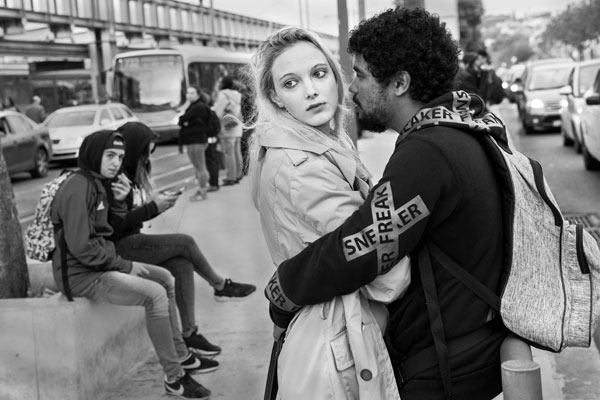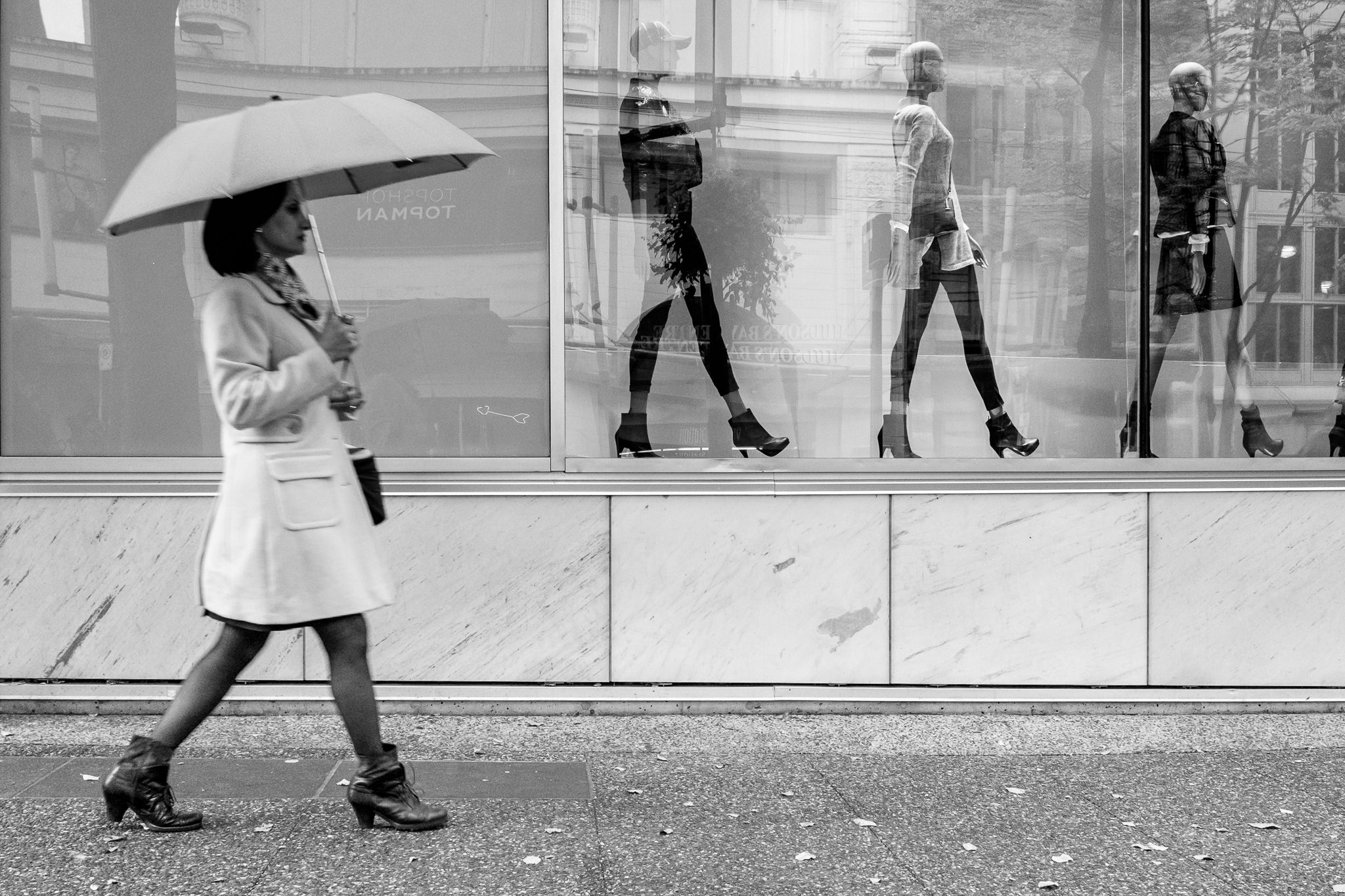The Only Guide to Framing Streets
The Facts About Framing Streets Revealed
Table of ContentsTop Guidelines Of Framing StreetsFraming Streets Fundamentals ExplainedThe Only Guide for Framing StreetsThe Framing Streets PDFsFraming Streets - An OverviewGet This Report on Framing Streets
Photography category "Crufts Pet Show 1968" by Tony Ray-Jones Road digital photography (also occasionally called honest photography) is digital photography conducted for art or query that features unmediated chance encounters and random cases within public areas, normally with the objective of capturing pictures at a crucial or emotional moment by careful framework and timing. 
His boots and legs were well defined, yet he is without body or head, due to the fact that these were in activity." Charles Ngre, waterseller Charles Ngre. https://framing-streets.mailchimpsites.com/ was the first professional photographer to obtain the technological class required to register individuals in movement on the street in Paris in 1851. Digital Photographer John Thomson, a Scotsman dealing with reporter and social lobbyist Adolphe Smith, released Road Life in London in twelve month-to-month installations beginning in February 1877
The 7-Second Trick For Framing Streets
Eugene Atget is considered a progenitor, not since he was the very first of his kind, yet as a result of the popularisation in the late 1920s of his document of Parisian roads by Berenice Abbott, who was inspired to carry out a comparable paperwork of New york city City. [] As the city created, Atget assisted to promote Parisian roads as a worthy subject for digital photography.

Not known Factual Statements About Framing Streets
Martin is the first tape-recorded photographer to do so in why not try these out London with a masked electronic camera. Mass-Observation was a social research study organisation established in 1937 which aimed to tape-record daily life in Britain and to tape-record the reactions of the 'man-in-the-street' to King Edward VIII's abdication in 1936 to wed divorce Wallis Simpson, and the sequence of George VI. Between 1946 and 1957 Le Groupe des XV every year showed work of this kind. Andre Kertesz. Circus, Budapest, 19 May 1920 Street photography developed the significant content of two events at the Gallery of Modern Art (Mo, MA) in New York curated by Edward Steichen, 5 French Digital Photographers: Brassai; Cartier-Bresson, Doisneau, Ronis, Izis in 1951 to 1952, and Post-war European Digital Photography in 1953, which exported the idea of road digital photography globally.

Facts About Framing Streets Uncovered
, then an instructor of young youngsters, associated with Evans in 193839.'s 1958 publication,, was substantial; raw and often out of focus, Frank's photos examined traditional photography of the time, "tested all the formal policies laid down by Henri Cartier-Bresson and Pedestrian Evans" and "flew in the face of the wholesome pictorialism and genuine photojournalism of American magazines like LIFE and Time".